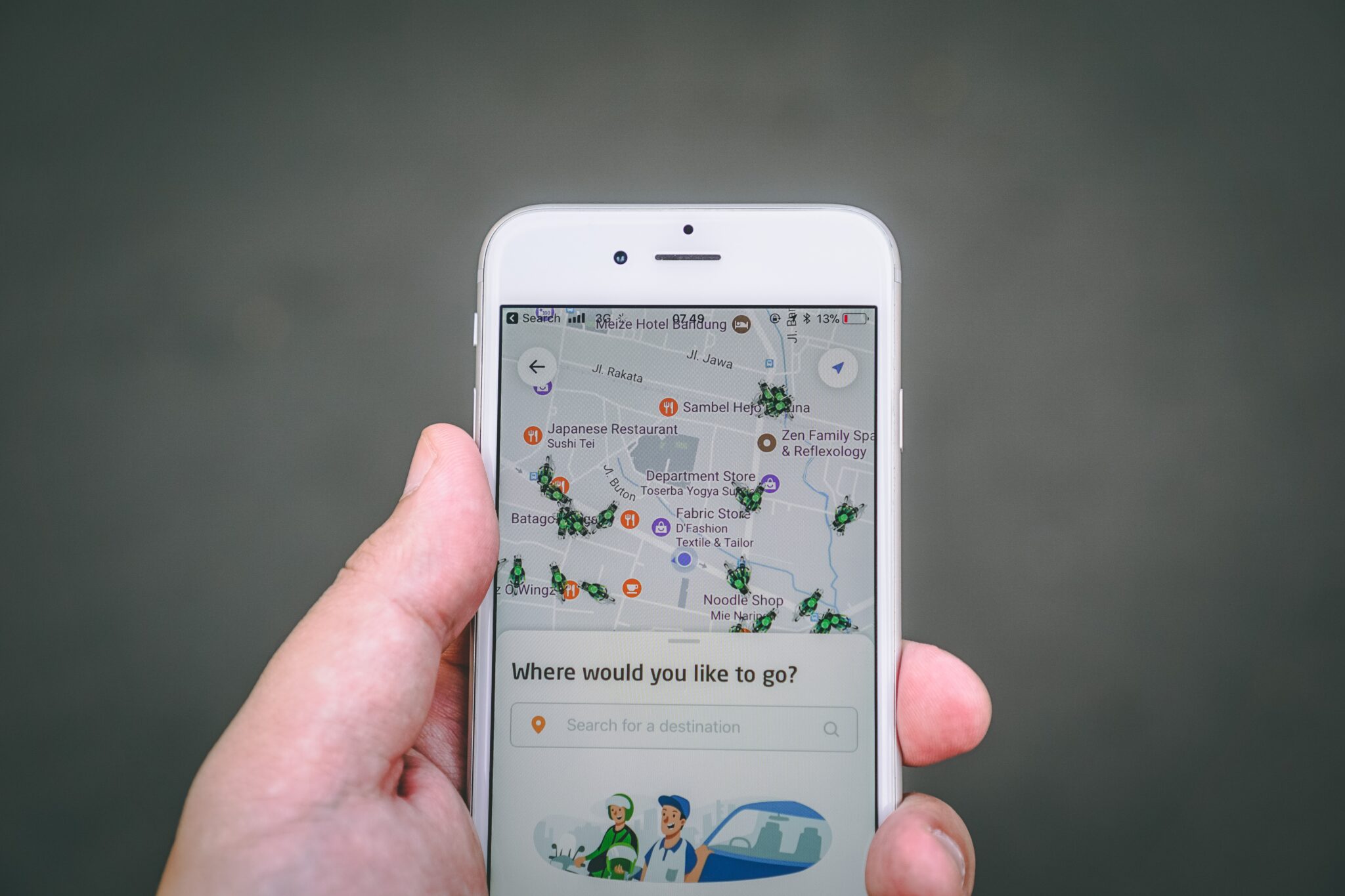Translation vs Localisation – What’s the Difference?
Translation industry jargon is easy to get caught up in if you’re not part of it! Often we get requests for either translation or localisation, or even transcreation (which we’ll cover in another topic!), but what does it really mean?

What is translation?
Translation is taking the written words of a document and rendering them in another language. There are many types and degrees of translation. In fact, localisation is just one type of translation, but translation is often thought of as what we’d call direct or literal translation.
Direct translation is taking the exact words of the ‘source’ text (the document you’re translating from) and using the exact same words in the ‘target’ text (the translated document). But often you find that this doesn’t work very well, because it ignores idioms and common turns of phrase. A good translation takes these things into account. Here’s one example:
| Source Text | Direct Translation | Target Text |
| Qu’est-ce que c’est ? | What is it that this is? | What’s that? |
Any good translator knows that they can’t translate Qu’est-ce que c’est ? as ‘What is it that this is?’ but this would be an accurate direct translation. So in reality, you should almost never receive a direct translation. It would not be useful or even readable to your target markets.
When most translation companies speak about their translation services, they’re actually talking about sense-for-sense translation (rather than word-for-word, another way to describe direct translation). Sense-for-sense translation means that you’re taking idiomatic expressions and context into account, which delivers a much more natural and less literal rendering of a text.

So, what is localisation?
Localisation is a type of translation, and often refers to apps, websites, and video games, but localisation involves much more context than simply translation. Localisation goes further by making sure that the content is culturally appropriate for your target audience.
Examples of this can be:
- changing the colour scheme to one seen more favourably in a different country
- removing blood and gore from video games, as mandated by local governments
- updating the imagery on a website to something more familiar
- changing the layout or design of a website
- updating dates and address formats
The idea of localisation is to make your users more comfortable with interacting with your product. In many cases, including video games and even apps, you’re building a world for people to interact with. Making sure there isn’t anything jarring or upsetting in your content is incredibly important.
Integro offers translation and localisation for growing businesses. Get in touch today to see how we can help.